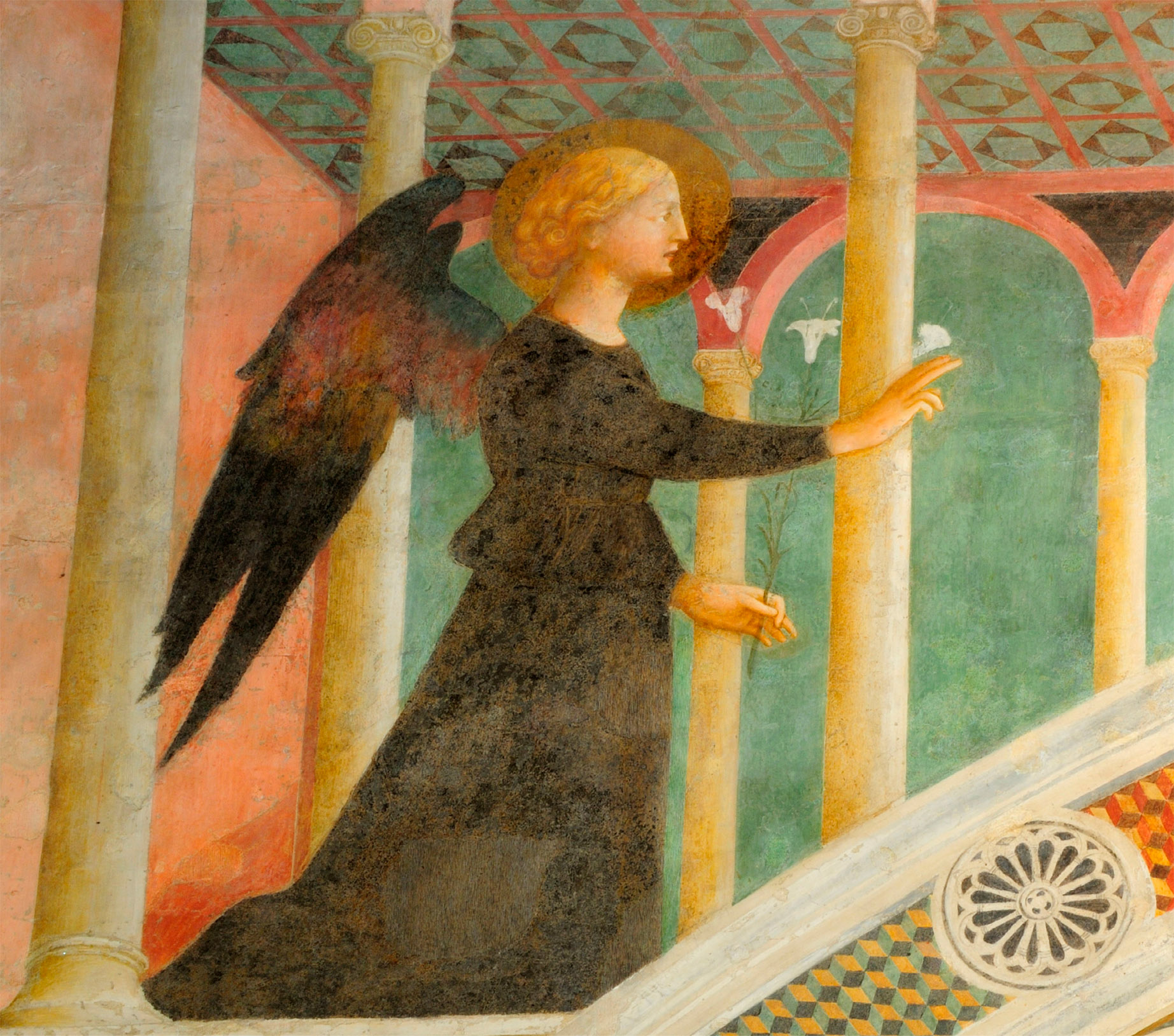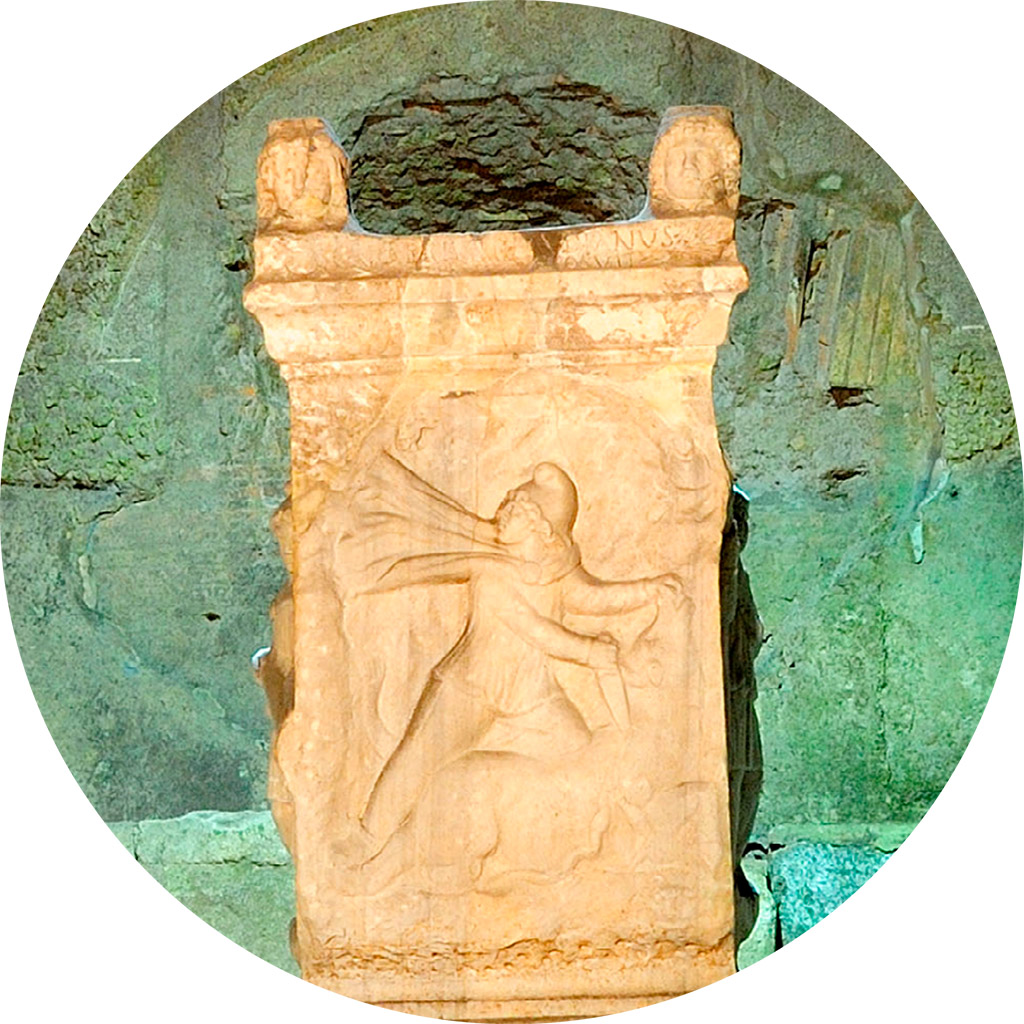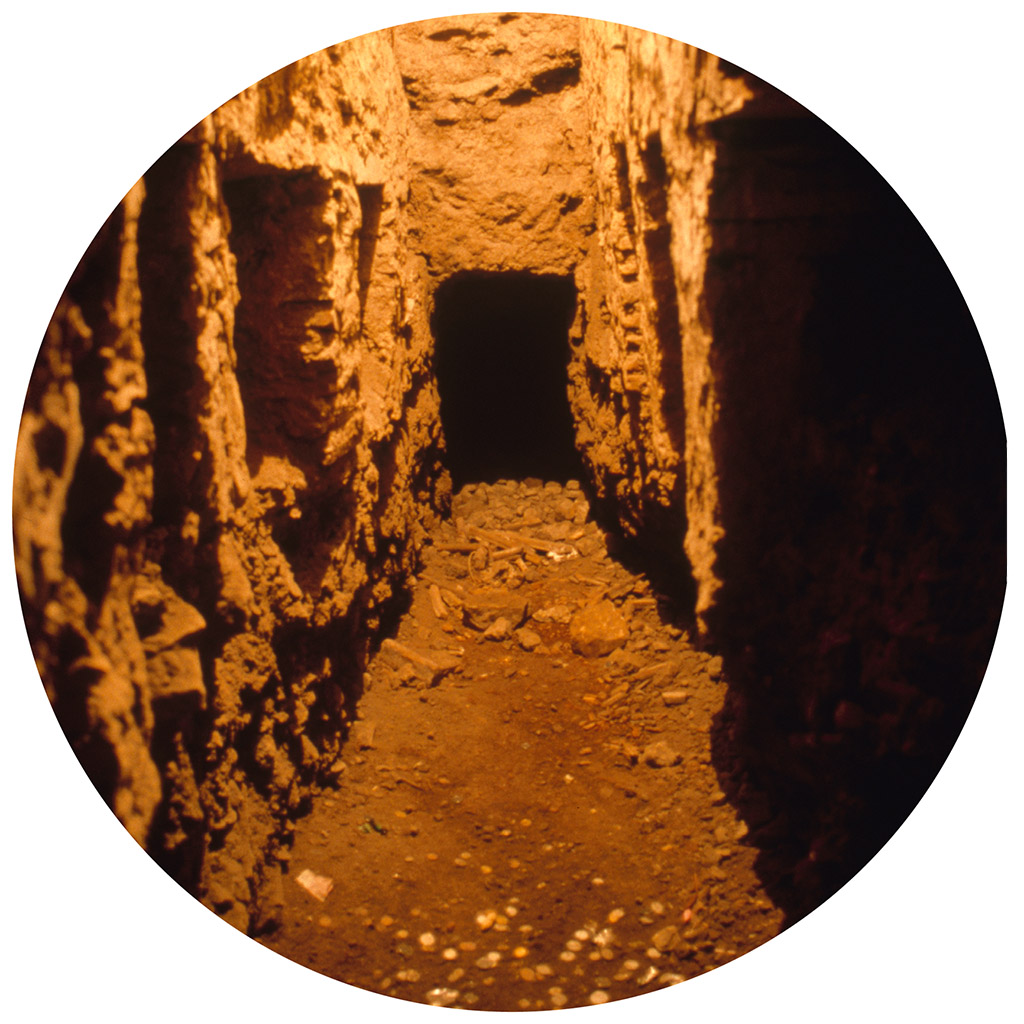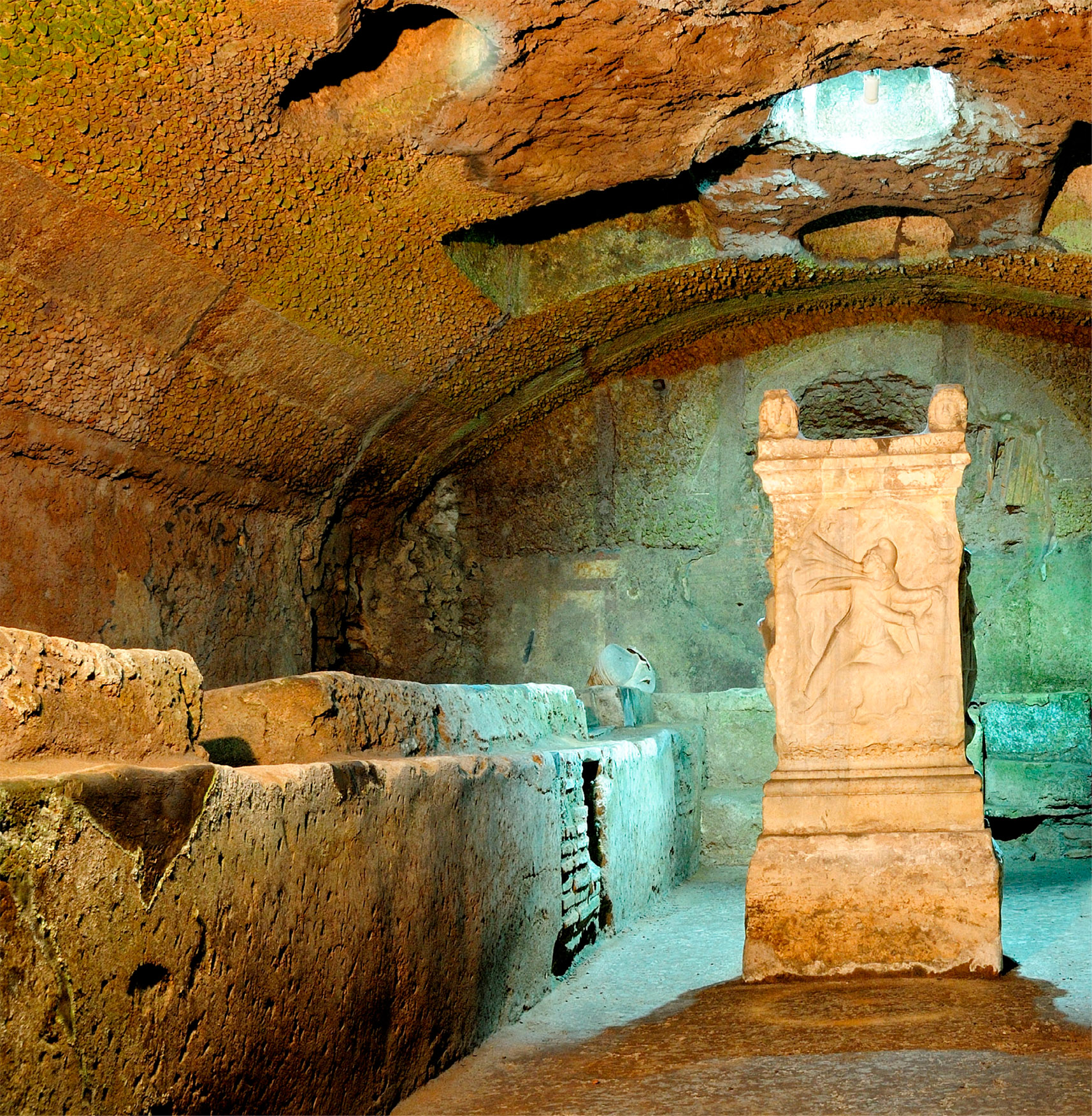
t A fresco by Masolino da Panicale showing a scene from the life of St Catherine of Alexandria
San Clemente gives visitors a chance to travel back through three layers of history, providing an insight into how buildings were modified over the years.

t A fresco by Masolino da Panicale showing a scene from the life of St Catherine of Alexandria
At street level, the present-day basilica dates to the 12th century. It features medieval mosaics and Renaissance frescoes, notably those depicting St Catherine of Alexandria by the 15th-century Florentine artist Masolino da Panicale. Underneath lies a 4th-century church built to honour San Clemente, the fourth pope, who was exiled to the Crimea and martyred by being tied to an anchor and drowned. His life is illustrated in some of the frescoes. This 4th-century church was built over a temple dedicated to the cult of Mithras, which in turn was built inside a 1st-century AD aristocratic house.
The site was taken over in the 17th century by Irish Dominicans, who still continue the excavations begun by Father Mullooly in 1857.

t The 12th-century apse mosaic of the Triumph of the Cross representing the crucified Christ as a Tree of Life
Experience Lateran
Timeline |

Late 2nd centuryTemple of Mithras built |
4th centuryFirst church built over courtyard of earlier Roman building |
1084Church destroyed during Norman invasion led by Robert Guiscard |
1108New church built over 4th-century church |
1857Original 4th-century church rediscovered by Father Mullooly |

1861Church is excavated. Roman ruins discovered |
Experience Lateran

In 3rd-century Rome the all-male cult of Mithras rivalled Christianity. Followers believed that Mithras had brought life to the world by spilling the blood of a bull and that faith in Mithras guaranteed salvation. Would-be cult members underwent initiation ceremonies, including trials by ice, fire, hunger and thirst. Ritual banquets were held in the triclinium, a room with stone benches on either side of an altar.